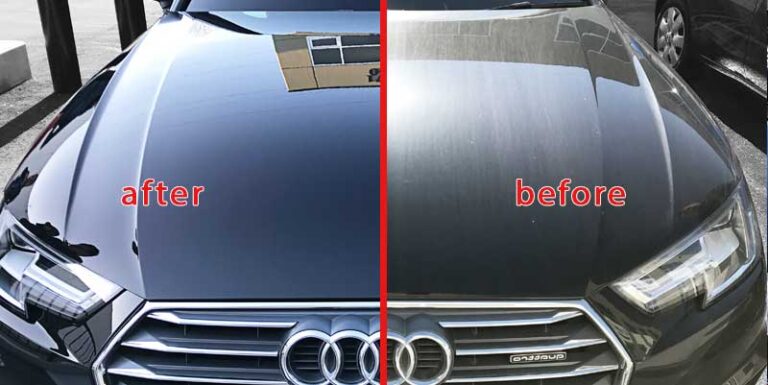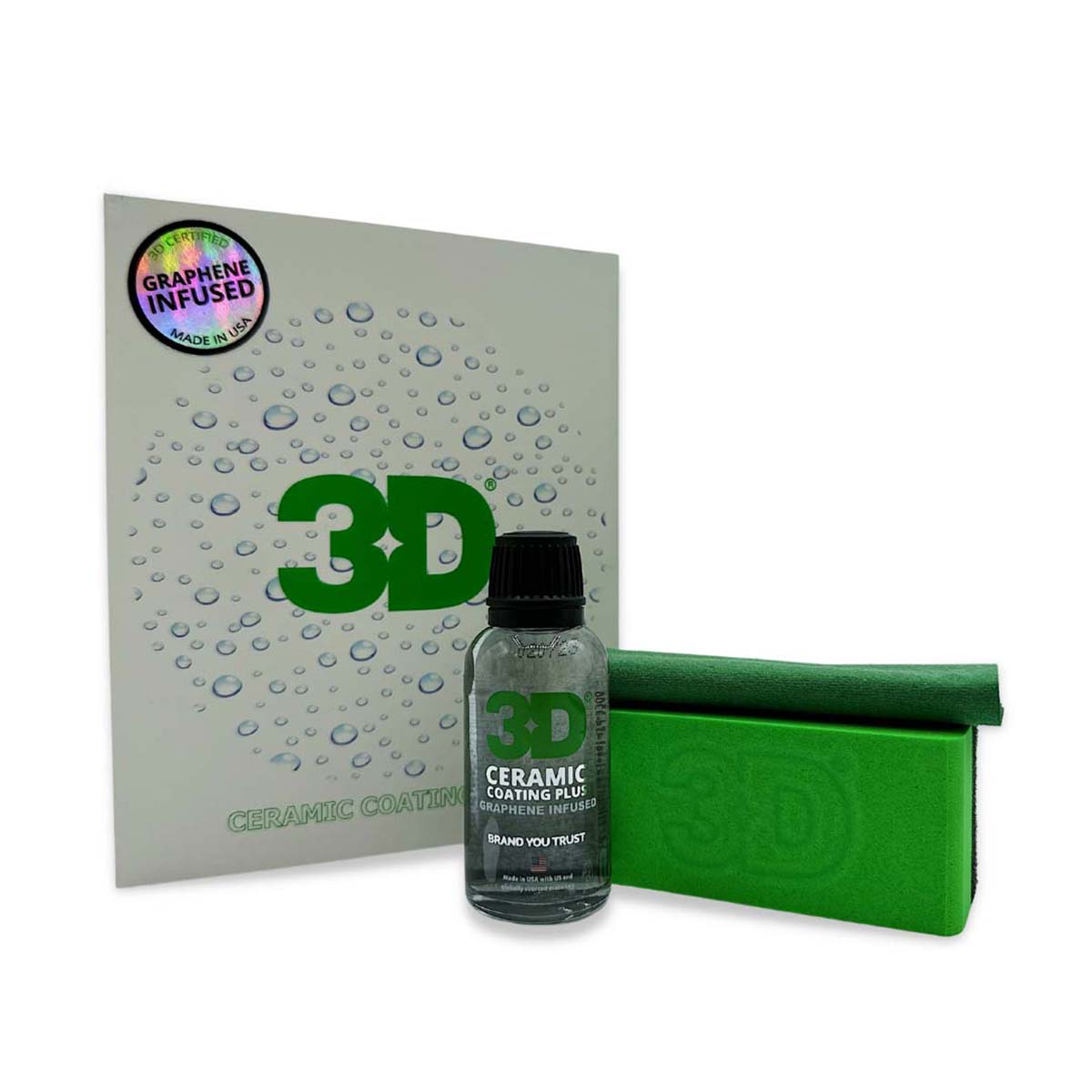Why Ceramic Finish Is the Ultimate Service for a Perfect Complete
Ceramic finish has actually emerged as a leading option for those looking for a perfect coating for their vehicles, many thanks to its remarkable durability and safety attributes. What factors truly set ceramic finishing apart?
What Is Ceramic Layer?

When applied appropriately, ceramic finish produces a hydrophobic surface that fends off water and dust, making it much easier to cleanse and preserve. Unlike conventional waxes or sealants, which usually use temporary security, ceramic finishings can last for several years, relying on the product high quality and application technique. The process of applying ceramic finish calls for careful preparation, including comprehensive cleansing and sometimes paint improvement, to guarantee ideal bonding and efficiency.
Ceramic layers are not limited to auto surface areas; they can additionally be used on numerous products, including glass, metal, and plastics, giving a functional solution for improving security. Generally, ceramic covering represents a considerable advancement in surface defense modern technology, integrating both aesthetic and useful benefits for a large range of applications.
Advantages of Ceramic Coating
While numerous surface protection choices exist, the advantages of ceramic finishing attract attention due to its special properties and lasting efficiency. One of the main benefits is its extraordinary durability. Ceramic Coating Philadelphia. Unlike typical wax or sealants that call for constant reapplication, ceramic finishes provide a durable layer that can last for several years, significantly decreasing maintenance initiatives
An additional notable benefit is enhanced protection versus environmental impurities. Ceramic coverings develop a hydrophobic surface area that fends off water, dirt, and numerous contaminants, making it much easier to clean. This feature not just preserves the automobile's look however also decreases the risk of rust and oxidation, specifically in rough weather.
In addition, ceramic finishes supply premium resistance to UV rays, protecting against fading and destruction of paint in time. This UV security is crucial for preserving the visual worth of lorries and surfaces exposed to route sunshine.
Additionally, the glossy finish attained with ceramic finishing boosts the total aesthetic allure, offering surface areas a showroom-quality sparkle. In general, ceramic coatings represent a significant advancement in surface defense modern technology, supplying long-lasting advantages that deal with both aesthetic and practical requirements.
Exactly How It Works
Recognizing the scientific research behind ceramic finishings exposes how they supply such exceptional security and long life. At its core, a ceramic finish is a liquid polymer that chemically bonds with the automobile's factory paint. This bonding develops a protective layer that is both hydrophobic and oleophobic, repelling water, dirt, and oil. The main part of the majority of ceramic finishes is silicon dioxide (SiO2), which is acquired from quartz. This substance contributes to the coating's firmness and resistance to scratches, UV rays, and ecological pollutants.
The application process involves numerous actions, including surface area preparation, which is essential to attaining optimum attachment. When applied, the coating undergoes a treating procedure, throughout which it hardens and develops a semi-permanent bond with the paint surface. This bond is what distinguishes ceramic coverings from typical waxes you could try these out and sealers, offering a longer-lasting safety obstacle that can sustain for several years.
Moreover, the thickness of the coating can improve its protective top qualities, making certain that it can stand up to rough problems. Ultimately, the scientific research of ceramic coatings incorporates innovative products with ingenious application strategies to supply an exceptional degree of security and visual enhancement for automobiles.
Contrast With Conventional Methods
When compared to traditional paint protection techniques such as waxes and sealants,The advantages of ceramic finishings end up being especially noticeable. While waxes use a short-lived shine, generally lasting a few weeks to a couple of months, ceramic coatings supply a long-lasting protective layer that can endure for a number of years. This toughness substantially lowers the frequency of reapplication, making ceramic coverings an extra economical remedy over time.
Additionally, traditional techniques commonly call for considerable preparation and multiple applications to achieve an acceptable degree of defense. On the other hand, ceramic coverings bond at a molecular level with the car's surface area, producing a robust guard versus ecological contaminants like UV rays, acid rainfall, and road salts. This bond boosts the lorry's resistance to scrapes and swirl marks, which are widespread with standard waxes and sealants.
Moreover, the hydrophobic residential properties of ceramic coverings ward off water and dust, causing easier cleansing and upkeep. On the other hand, wax and sealant-treated surfaces can attract grime, requiring even more frequent washing - Ceramic Coating Philadelphia. On the whole, ceramic coatings not just supply learn the facts here now exceptional security yet likewise deliver a more visually attractive and long-lasting coating, establishing them as the favored option for critical vehicle proprietors
Application and Upkeep Tips

Using a foam applicator, use the covering in small sections, adhering to the maker's guidelines pertaining to thickness and overlap. Allow enough treating time between layers, generally 24-hour, to make certain appropriate bonding. After application, it is vital to stay clear of direct exposure to water or severe elements for at the very least a knockout post a week to permit the finish to fully cure.
In addition, utilizing a ceramic maintenance spray can improve the coating's hydrophobic buildings and longevity. Regular inspections for any indications of wear will certainly help keep the finish's honesty and maintain that immaculate coating.
Conclusion
Finally, ceramic covering becomes a premium alternative for accomplishing a flawless vehicle coating. Its remarkable sturdiness, protective qualities, and hydrophobic buildings substantially improve the vehicle's appearance while simplifying maintenance initiatives. By developing a durable bond with manufacturing facility paint, ceramic covering properly shields versus scrapes, UV rays, and ecological contaminants. With a life-span expanding a number of years, this advanced remedy not only protects but likewise elevates the overall aesthetic charm of vehicles, making it an economical financial investment for auto enthusiasts.
